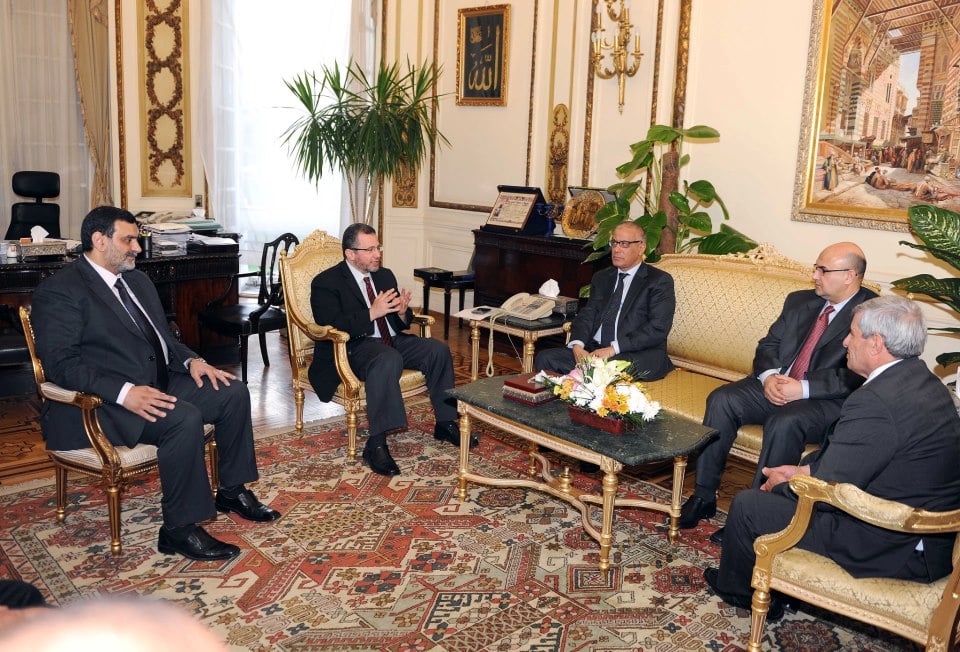African minister are holding a closed session to discuss potential outcomes and recommendations from the sixth African Ministers Conference on Environment (AMCEN), which featured three days of talks with 54 African leaders.
Those recommendations are expected to tackle sustainable development, desertification, climate change, and the drafting of a new bill that would sustain the work of AMCEN.
This year’s session follows the adoption of a historic agreement on climate change in December 2015 during the 21st session of the Conference of the Parties to the United Nations (COP21). It was also preceded by the introduction of the UN’s new sustainable development goals (SDGs) in September 2015 for the next 15 years, which address climate change as one of the main goals.
Hakima El-Haite, Morocco’s environment minister, urged African leaders during the conference to come up with a clear and common vision by the end of AMCEN. Those common agreements are expected to act as a starting point for Africa’s development strategy ahead of the COP22 session, which is expected to be held in Morocco in November, she said.
In mid-December 2015, representatives of nearly 170 countries reached a binding agreement that set ambitious goals to limit temperature rises and to hold governments accountable for reaching those targets.
In addition to the historic, binding agreement, a more ambitious set of pledges were announced by countries during COP21, including a reduction in the rise in atmospheric temperature by a factor of 1.5 C, the review of national strategies every five years, and the reduction of 10 metric tonnes of CO2 emissions worldwide by the end of 2020.
“The COP22 session will discuss tools and mechanisms to put the Paris agreement outcomes into effect,” El-Haite said. “The post-2020 track has to be clear this year, by coming up with concrete strategies that utilise technology and capacity building.”
On the sidelines of AMCEN, Egypt launched a national strategy on green economy in partnership with the United Nations Environment Programme (UNEP) and CEDARE after one year of preparation.
The strategy of the slow transition into green economy in Egypt has four pillars: water, agriculture, waste, and energy. It is expected to implement 28 projects across 13 governmental facilities.
According to an official statement by the environment ministry on Monday, there are pilot models of the strategy, which include a gradual adaption of governmental offices purchases into green/environmentally-friendly products and sustainable technologies, for example, using paper instead of plastic bags.
However, there are challenges ahead of Egypt’s plan to reduce greenhouse gas emissions, according to environmentalists. The challenges are mostly attributed to an expansion in the use of coal and weak accountability mechanisms.
Earlier in April, the ministry announced its future energy mix strategy which includes radical changes. The percent of fossil fuel energy use will decrease from 95% to a maximum of 50%. An increase will be made in renewable energy resources to 30%, nuclear energy to 5%, and coal to 15% at most.
At least 20 cement factories were granted approvals to start using coal. New power stations are also under construction to be operated with coal. This has been a concern for environmental researchers and citizens living near industrial facilities and power stations.
Often dubbed the world’s dirtiest fuel, the expansion of coal costs in Egypt was estimated to reach EGP 2bn annually, according to a study by a consultant to the Environment Ministry in 2014. Moreover, coal use has a profound effect on climate change.
In November 2015, dozens died in Alexandria because of excessive rain, which cause flash flooding in several areas. Many were displaced from villages in Beheira as a result of the bad weather. In the summer of 2015, a nationwide heat wave claimed the lives of at least 100 persons.


